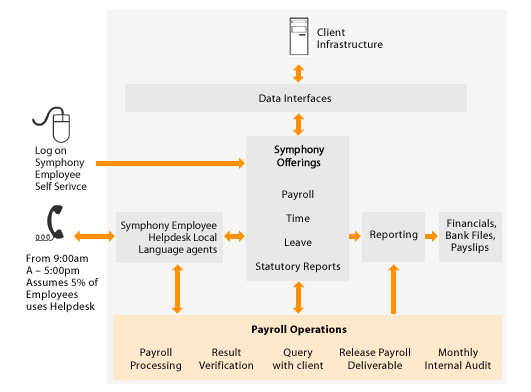Finding efficient noise control solutions is a constant challenge in many manufacturing and industrial environments. This is due to the fact that high noise levels and environmental vibrations can have long-term harmful implications for both humans and sensitive equipment.
Excess noise and vibration in the workplace might result in substantially higher operational expenses if they are not reduced in some way. Workers who are exposed to high levels of unmanaged noise are at a greater risk of experiencing negative psychological and physical effects, including heightened stress, hearing loss, and migraine headaches. Such conditions can contribute to higher turnover rates and extended absences from work. Furthermore, delicate and expensive gear might be harmed, resulting in greater maintenance, repair, and replacement expenses.
Noise management may be divided into four categories. They are sound insulation, absorption, vibration dampening, and isolation. Each of these functions differently and is better suited for certain scenarios.
- Noise reduction.
This occurs when a solid barrier is inserted into a workstation in order to reduce the amount of noise and vibration present. By blocking the irritating sound waves, this solid barrier helps to eliminate reverberation. The effectiveness of a solid barrier as a method of noise suppression increases with its difficulty to breach. Consequently, materials such as concrete and steel are commonly employed due to their robust nature.
- Sound absorption
predicated on the assumption that energy cannot be generated or destroyed. It can only be transformed into another form. The energy contained in sound waves is simply converted into heat in this method of noise reduction. Because the conversion of sound wave energy into heat energy dramatically lowers the quantity of ambient noise remaining in the environment, noise reduction is a natural byproduct of this process. Porous materials, unsurprisingly, are the most effective choice for this procedure. These materials, like a sponge, are capable of absorbing excess sound in the surrounding air. As a result, highly permeable materials like foam products are ideal for this sort of application.
- Vibration damping
Rather than real sound waves, is utilized to reduce excess noise and vibration associated with solid surfaces. The vibration energy from the surface material is extracted and converted into heat energy in this process. This form of noise reduction, like sound absorption, is based on energy conversion rather than blockage. However, like with the other major types of noise control, the primary goal of using vibration dampening systems is to reduce the influence of undesired noise and vibration on the surrounding environment.
- Vibration isolation
is the fourth form of noise control. This strategy, as the name indicates, involves shielding a region or its residents from the source of unpleasant noise or vibration. The most popular way is to add a physical barrier to the workplace, which may be extremely successful as long as the barrier is able to effectively block the area to be shielded from the source of the annoying noise.
Ready to experience peace and tranquility? Discover the ultimate noise control in Malaysia with KSM Group. Visit their website or contact them now for a quiet and serene environment.










